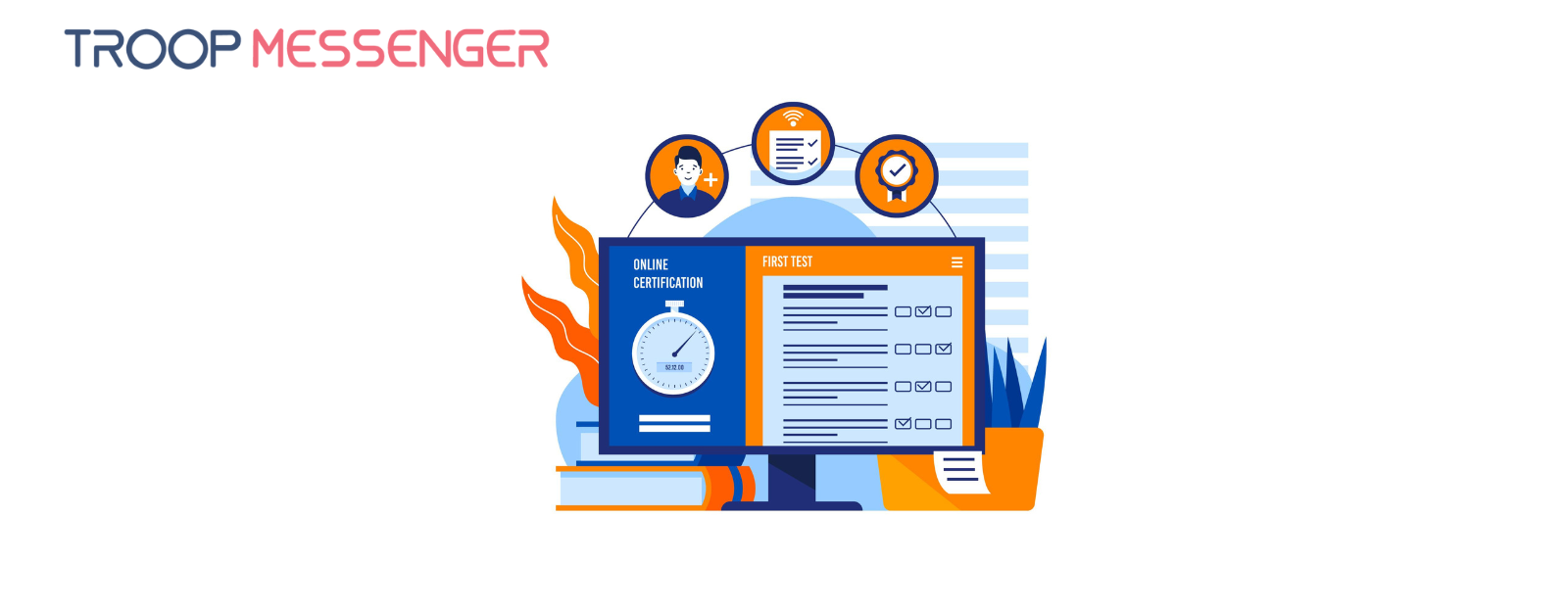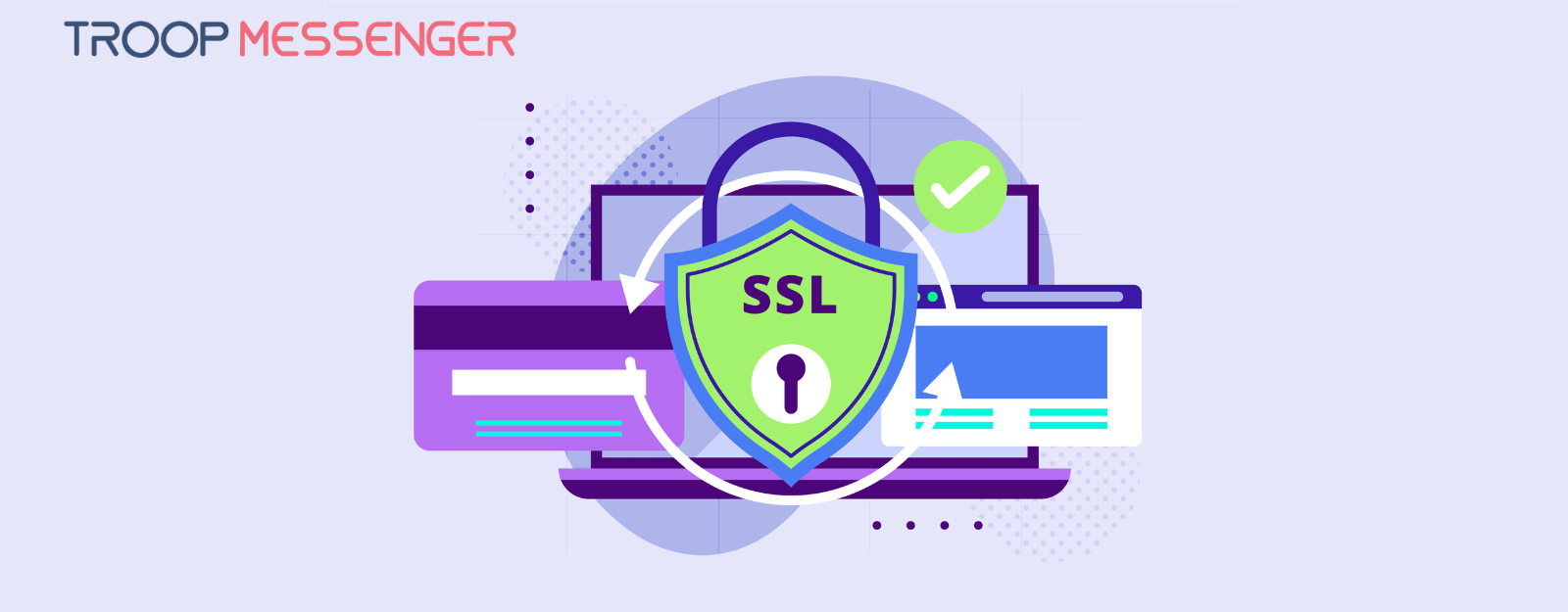Connect with us

10 Best Ways of Balancing Cybersecurity and Employee Productivity
It's no secret that cybersecurity threats are becoming more and more prevalent, and companies are starting to take notice. But while it's important to make sure your company is taking the necessary steps to protect itself from potential cyber attacks, it's also important to make sure you're not making it too difficult for employees to do their jobs. After all, if employees are spending all their time trying to wade through complicated security measures, they're not going to be very productive.
So how can you make sure you're balancing the need for cybersecurity with the need for employee productivity? Here are 10 ways to do just that:
Table of Contents
- 1. Use two-factor authentication
- 2. Develop a comprehensive data handling and management plan so that workers aren't confused
- 3. Use encryption wherever possible
- 4. Keep your software up to date
- 5. Have good permission and access policy in place
- 6. Train your employees in cybersecurity best practices
- 7. Use a password manager
- 8. Restrict USB access
- 9. Use remote desktop software for remote teams
- 10. Regularly backup data
- Conclusion
1. Use two-factor authentication
Two-factor authentication is an important security measure that you should be used whenever possible. This means that in addition to a password, someone trying to log into your account would also need to have access to a second factor, such as a code sent to their phone.
This may seem like an inconvenience, but it's a very effective way to make sure that only the people who are supposed to have access to your data actually do have access. It's an extra layer of security that can go a long way in protecting your data.
If you are interested in going even further, you might consider adopting a passwordless authentication method like cloud radius. This allows you an even more robust way to control access without putting up potential roadblocks like 2FA (that sometimes suffer from communication lag if you are working with a disbursed remote team and people require quick access across time zones).
2. Develop a comprehensive data handling and management plan so that workers aren't confused
If you want your people to be able to follow cybersecurity best practices without needing a lot of handholding or having to ask repetitive questions, then you need to have a comprehensive data handling and management plan in place. This means having set protocols for how data should be stored, accessed and transferred both internally and externally. By being clear about these expectations from the start, you can save your team a lot of time and frustration down the road.
3. Use encryption wherever possible
Encryption is one of the most important tools in your cybersecurity arsenal. Whenever possible, you should encrypt sensitive data, both at rest and in transit. This will make it much more difficult for attackers to access or make sense of your data even if they are able to penetrate your defenses.
Having solid encryption in place also means that you can send and receive information with much more peace of mind. You aren't forced to choose between security and convenience when you can have both. To safeguard the data of your company and your employees, you must use secure solutions like Troop Messenger. Given that it has been defense validated, you can estimate how secure it is, and nevertheless, it is designed to enhance work productivity.
4. Keep your software up to date
One of the easiest ways to make sure your system is as secure as possible is to keep all of your software up to date. This includes not only your operating system but also any applications you have installed. Attackers are constantly finding new ways to exploit vulnerabilities, so it's important to patch those vulnerabilities as soon as possible.
One way to make this process easier is to set your software to update automatically. That way, you can be sure that you're always using the most recent version without having to remember to check for updates manually.
5. Have good permission and access policy in place
This means that you should think carefully about who needs access to which data and systems. There's no need to give everyone on your team access to everything. By being more selective about who has access to what, you can reduce the chances of accidentally leaking sensitive information.
It's also important to have a process in place for revoking access when someone leaves your team or no longer needs access to certain data. This way, you can be sure that only the people who need to have access actually do have access.
6. Train your employees in cybersecurity best practices
No matter how good your security protocols are, they won't do any good if your employees don't know how to follow them. That's why it's so important to provide training on cybersecurity best practices. This can help your team understand why certain protocols are in place and how to follow them correctly.
It's also a good idea to have regular refresher courses or send out reminders about specific best practices from time to time. This can help keep everyone on your team up to date on the latest threats and how to best protect against them. Remember, your employees represent your biggest cyber threat. They are the ones that most often click on links that end up installing ransomware.
7. Use a password manager
A password manager can help make it easier for employees to create and remember strong passwords. By storing all of your passwords in one place, a password manager can help reduce the chances that someone will use an easily guessed or compromised password.
Having a password manager means that your team isn't relying on memory (or worse, recording passwords in places that are not secure and easy to infiltrate). This way, you can be sure that your passwords are as strong as possible.
8. Restrict USB access
What this means is that you want to disable or limit the ability of devices like USB drives to be used on company computers. This is because they can represent a serious security risk.
If someone plugs in a USB drive that contains malicious software, it could infect your entire network. By restricting USB access, you can help reduce the chances of this happening.
Let people know what kind of work they are allowed to do on public, unsecured networks and what they are not.
If your employees are going to be working on public, unsecured networks, you need to make sure they know what they are and are not allowed to do. This includes things like accessing confidential or sensitive data.
Make sure your team knows that they should only be doing work that does not require them to access sensitive data on these kinds of networks. This can help reduce the chances that someone will accidentally expose your data to potential threats.
9. Use remote desktop software for remote teams
If you have remote team members, you should consider using remote desktop software. This can help provide a secure way for them to access your network and data.
Remote desktop software provides a number of benefits, including the ability to control what remote users can access and see. This can help you make sure that only the people who need to have access to your data actually do have access.
10. Regularly backup data
Companies that don't back their data up risk losing everything, which is really the ultimate productivity killer. Make sure you have a regular backup schedule in place and that you are actually following through with it.
Backing up data regularly can help ensure that you always have a recent copy of your data in case something happens to the original. This can help reduce the chances of data loss and make it easier to recover from an incident.
Conclusion
Cybersecurity is an important concern for all businesses. However, it's important to make sure that you are not making it so difficult for employees to do the work that they become unproductive. By following the tips in this article, you can help strike a balance between these two concerns.








